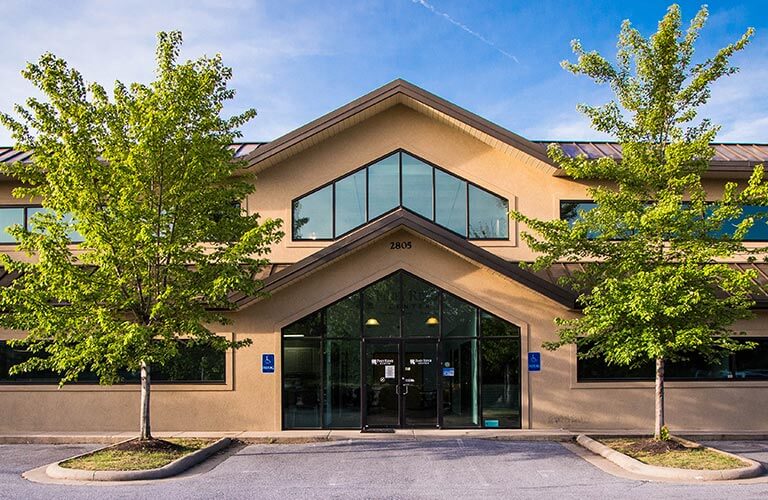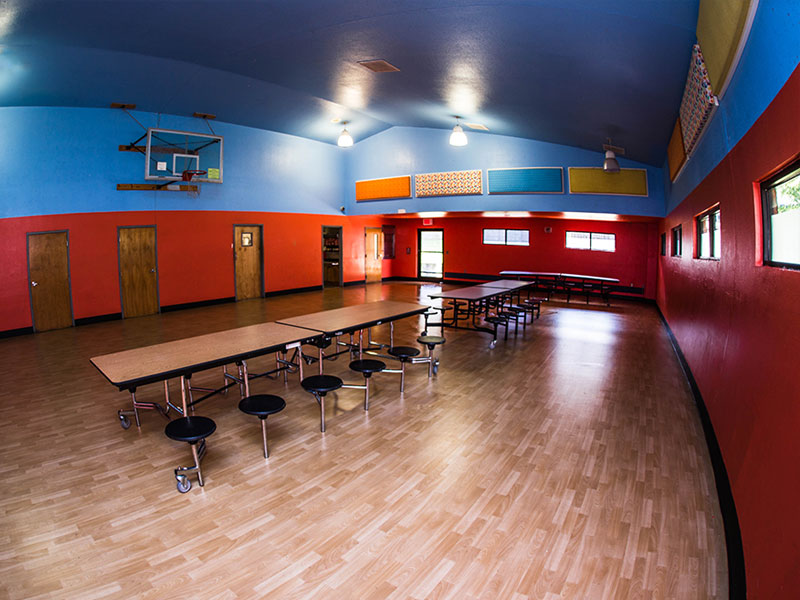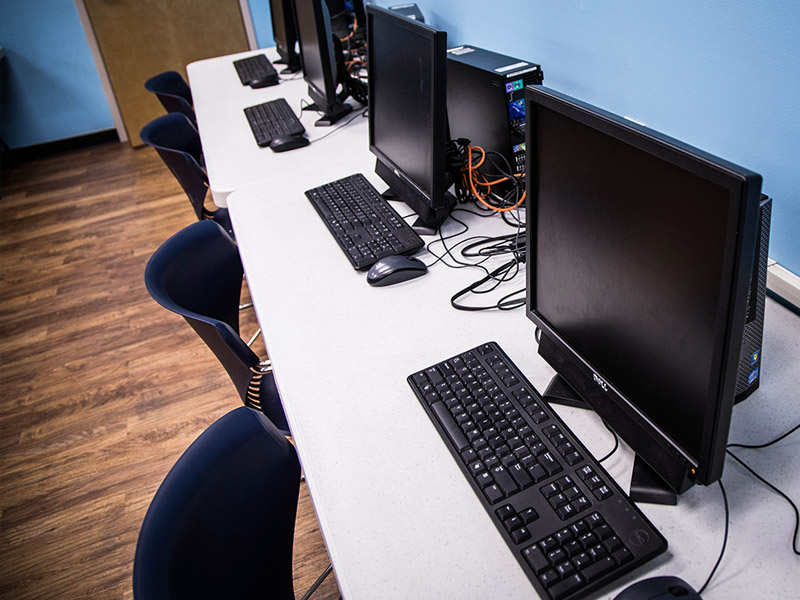No one experiences sexually maladaptive behaviors the same way as someone else. Understanding the signs, symptoms and side effects of sexually maladaptive behavior is a key component toward starting the recovery journey.
Understanding Sexually Maladaptive Behaviors
Learn about sexually maladaptive behaviors
Sexually maladaptive behavior in children, especially in those under the age of 12, is gaining increased attention. This may be due to an increased awareness and identification instead of an actual increase in problematic sexual behaviors. As parents, it is extremely important for you to ensure that your child develops properly, meaning that you need to monitor your child’s development, understand signs that may be present, and determine if this is appropriate behavior. Some children engage in “playing doctor” which is common and should not be a cause of alarm unless the children are not comparable in age. Additionally, a majority of children get enjoyment out of genital manipulation which is developmentally appropriate as long as the child is taught how to properly control this behavior.
It is when these behaviors cross developmentally appropriate lines that there may be a cause of concern. Sexually maladaptive behavior occurs along a spectrum and presents differently for each child. Children with sexual behavioral problems can range widely in the degree of severity and potential harm to other children. While some features may be common, there is no constellation of factors characterizing these children. Sexual behavior problems are not a diagnosis, but a set of behaviors that fall outside of the acceptable social limits. Children with SBP are defined as those aged 12 and younger whose initial behaviors involving sexual body parts are developmentally inappropriate or potentially harmful to themselves or others. The behaviors may be entirely self-focused or may be behaviors that include other children. If the behaviors involve other children, the behaviors may vary in level of mutuality or coercion, types of sexual acts, and potential for harm. The most concerning cases of sexually maladaptive behaviors involve those who are substantially different in age or developmental levels.
Causes and Risk Factors
Causes and risk factors for sexual maladaptive behavior
There are a number different reasons why children may show inappropriate sexual behaviors that are unexpected for their age. However, these behaviors are more likely due to anxiety or other environmental factors instead of sexual pleasure. Some causes of sexually maladaptive behaviors may include: Physical: Brain imaging studies indicate that children who have demonstrated sexually maladaptive behaviors may have differences in the way in which their brains are structured. The changes in the brain may have been caused by mistreatment when in changes leads to the development of these inappropriate behaviors. Environmental: Children who engage in disturbing sexual behaviors are more likely to be the victims of sexual abuse. Additionally, those who have parents who set poor boundaries, are not present in their lives, or have parents who are addicts can increase the risk for developing sexually maladaptive behaviors. Risk factors: Additional risk factors may include some of the following:
- Being moved in and out of different foster homes
- Learning to masturbate as an appropriate means of self-soothing
- Being exposed to sexual behavior in media or at home
- Child being of a younger age
Signs and Symptoms
Signs and symptoms of sexually maladaptive behaviors
There are certain red flags that occur in children of which parents should never ignore that may indicate there may be sexually problematic behavior. This type of behavior indicates that there may be improper or unbalanced development which can turn into far greater problems. Some symptoms of sexually maladaptive behaviors include:
- Hidden pornography, especially in children under 12
- Inappropriate, unwanted sexual contact with other children
- Sexually bullying, harassment, or assault
- Repetitive public exposure
- Ignoring rules and authority figures
- Anxiety
- Depression
- Exhibit highly aggressive behavior
- Lack of proper social skills
- Extreme curiosity of adults or other children’s bodies
- Rubbing body against others
- Trying to insert tongue in mouth when kissing
- Touching peer or adult genitals
- Crude movements associated with sexual acts
- Asking peers or adults to engage in specific acts
- Inserting objects into genitals
- Touching animal genitals
- Variety of sexual behaviors displayed on a daily basis
- Sexual behavior that results in emotional distress or physical pain
- Coercive acts
- Causes physical harm to his or her on genitals
- Disturbing toileting behaviors
Effects
Effects of sexually maladaptive behaviors
If sexually maladaptive behaviors are not properly addressed, they can lead to even greater problems later in life. Active involvement of the parents and other caregivers is essential to maximize the treatment of children who display sexually maladaptive behaviors. Treatment should be conducted by a licensed mental health therapist who is fully trained to help children overcome these behaviors. Long-term effects of untreated sexually maladaptive behaviors include:
- School difficulties
- Lack of self-esteem
- Substance abuse or addiction
- Suicidal ideations
- Poor communication skills
- Lack of friendships
- Conduct disorder
- Antisocial personality disorder
- Social isolation
- Stigmatization
- Focuses more on sexuality than other aspects of environment
Co-Occurring Disorders
Sexually maladaptive behaviors and co-occurring disorders
There are some disorders that may occur with sexually maladaptive disorder in children. These other disorders may include:
- Anxiety disorders
- Attention-deficit hyperactivity disorder (ADHD)
- Depression
- Learning disorders
- Communication disorders
- Substance abuse



